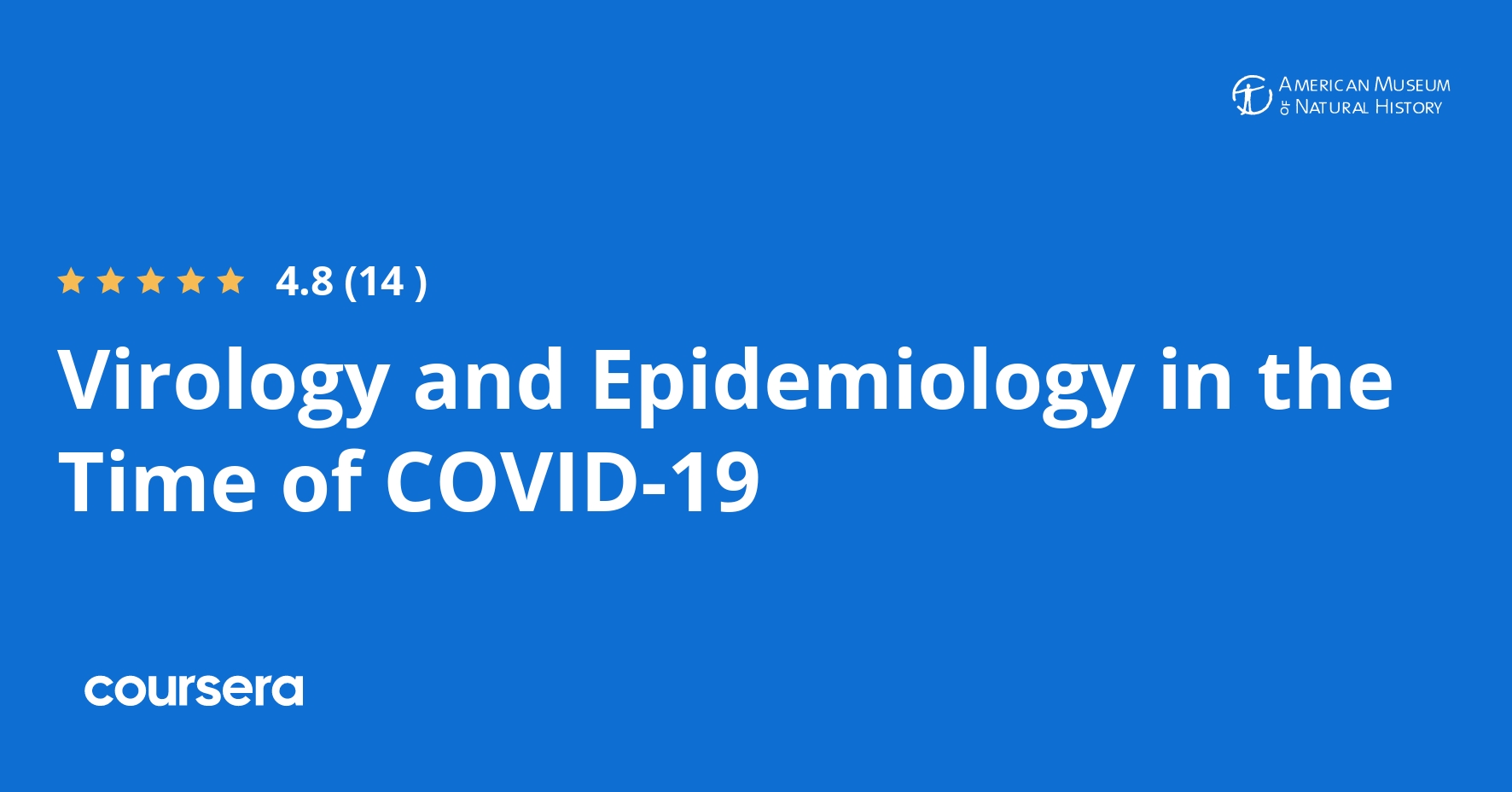Description
This course covers the science and social impacts of viral infectious diseases. We will begin by covering the basics: what a virus is, the structural and functional diversity of viruses, and how viruses use our bodies and the bodies of other organisms to replicate. Then we will dive into the human response: how our immune systems work to protect us from pathogenic viruses and how we use science and social systems to fend off viruses through vaccines and public health measures. We will look closely at the COVID-19 pandemic, examining the emergence of the SARS-CoV-2 virus, the development of the vaccines, and how social and economic disparities influenced risk during the pandemic. Throughout the course, we will hear from experts in the fields of molecular biology, epidemiology, environmental biology, medicine, and public health to learn how technology and engineering solutions are helping scientists understand, track, and model viruses and disease outbreaks.
What you will learn
What is a Virus?
Course author Dr. Rob DeSalle starts by posing a few seminal questions: What is a virus? Are viruses alive? What even is life? While there are no simple answers and much is still unknown, scientists have developed frameworks to understand how viruses fit into the complexity of life on Earth. In the first essay of the course, we cover virus basics: the difference between viruses and microorganisms such as bacteria; viral geometry and structural diversity; and viral life cycles and replication. Next, virologist Dr. Koenraad Van Doorslaer explains how viruses are classified and why this classification is important. When COVID-19 became a pandemic, understanding how viruses are related to one another enabled scientists to quickly identify SARS CoV-2 and its variants. This week’s video explores the connections among humans, viruses, other organisms, and the ecosystems we all inhabit.
How Do Viruses Make Us Sick?
The key to understanding what a virus is lies in understanding how it replicates itself within its host. Dr. DeSalle explains the three categories of viruses—DNA viruses, RNA viruses, and reverse-transcribing viruses—and their replication cycles. While they employ different strategies, they all produce mRNA, which is translated into proteins that all viruses need to function. Next, Dr. Michael Tessler explains how scientists use genomics and bioinformatics to identify viruses that become pathogenic. Finally, we take a closer look at two viral diseases: HIV and HPV. In one case (HIV), scientists have been working toward a vaccine for more than 40 years and a vaccine is beyond their grasp. In the other case (HPV), a vaccine has successfully prevented cancers for over a decade. In the first of the four-part video series about the making of a COVID-19 vaccine, we set the stage by asking: How do you prepare for a pandemic of a virus that doesn’t yet exist?
How Do We Fight Viruses?
As we have learned, viruses that cause disease are formidable foes, but our bodies have ways of fighting back. We have an innate immune system that works to stop all invading microbes, and an adaptive immune system that learns how to fight particular ones. We explain some of the mechanisms of this very complex system and the medicines that we use to aid our natural defenses. Dr. Tessler breaks down the different methods that scientists use to identify viruses that have broken through our defenses and made us sick. In the week’s final essay, we meet Dr. Julie Ledgerwood, who oversaw the clinical trials that led to a revolutionary mRNA vaccine for COVID-19. Two videos cover vaccines: how they work and how they were developed and tested.
How Do Viruses Spread Through Populations?
While diseases have shaped the course of humanity for millennia, we are witnessing the emergence of novel pathogens and pandemics at an unprecedented rate. COVID-19 is at least the seventh pandemic to affect humans in the past century. Why is this? How do pathogens that start off in nonhuman animal species spread to humans? This week we are introduced to Dr. Pallavi Kache and Dr. Neil Vora and the field of disease ecology, which seeks to understand the interactions between pathogens and their hosts in the context of their evolution and environment. They explain how pathogens emerge from nonhuman hosts into human populations and how our increasingly urban environments affect the spread of disease. Then, Dr. Jeffrey Shaman explains how, once a pathogen has infected humans, it then spreads from human to human, and how we measure the dynamics of disease spread. A series of videos explores pandemics from history to the present, and we discuss how we know that the COVID-19 vaccines are safe and effective.




